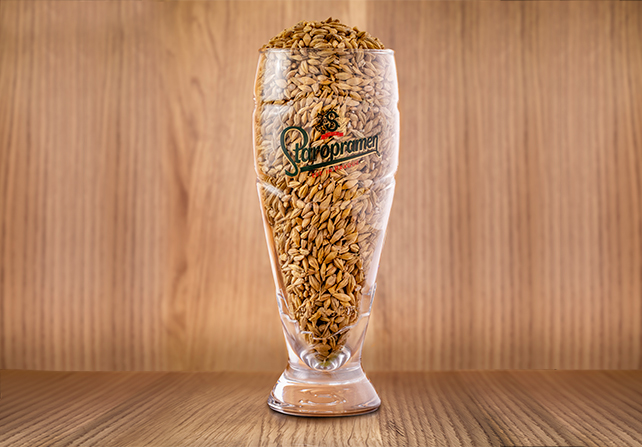Maillard reaction is all around us. It is the reaction that describes the browning of food when exposed to heat. Crispy bread crust, the fine dark brown texture of a perfectly grilled steak or the heavenly sweetness of a pecan pie, to name a few, taste great thanks to the Maillard reaction.
Louis-Camille Maillard (1878–1936) was a French chemist who stumbled upon this reaction in 1910. What Louis-Camille did was actually provide a scientific explanation of a process known to mankind since the invention of fire - exposing food to heat makes it much better (and safer) to eat.
The Maillard reaction plays an important role in brewing too, particularly during two stages.
One is the kilning of malt during which malt is exposed to heat at various temperatures. The higher the temperature, the darker the malt becomes. I.e. crystal malts (they often give beer a copper color) are kilned around 75°C–175°C, while darker malts, like chocolate malt or black malt, are kilned at higher temperatures, usually somewhere in the 215°C - 225°C range. Color is only one component that is affected by heat. The other is flavor which becomes more complex and in some cases, harsher. Thanks to combining several kinds of specialty malt in various types of beer, more flavor complexity is created.
The second one is boil. The longer the boil lasts, the beer color becomes deeper and more interesting, somewhat intense flavors are developed. Some brewers during history (and today) did boils as long as eight hours or even more (the boil usually lasts an hour) in order to achieve the desired aroma and flavor.
In brewing, the Maillard reaction helps bring out the sweet/coffee/roasty spectrum of flavors. Depending on the brewers desire, these flavors are more or less pronounced in beer, primarily depending on the malt bill and boil duration.
Image

Beerpedia
Image

